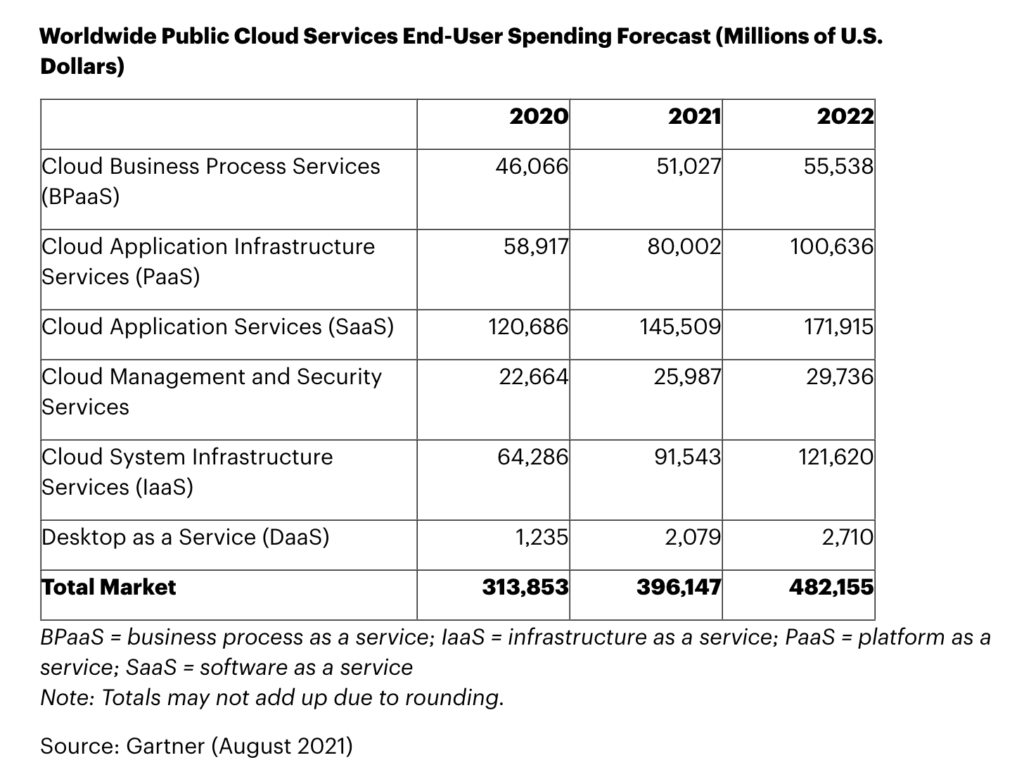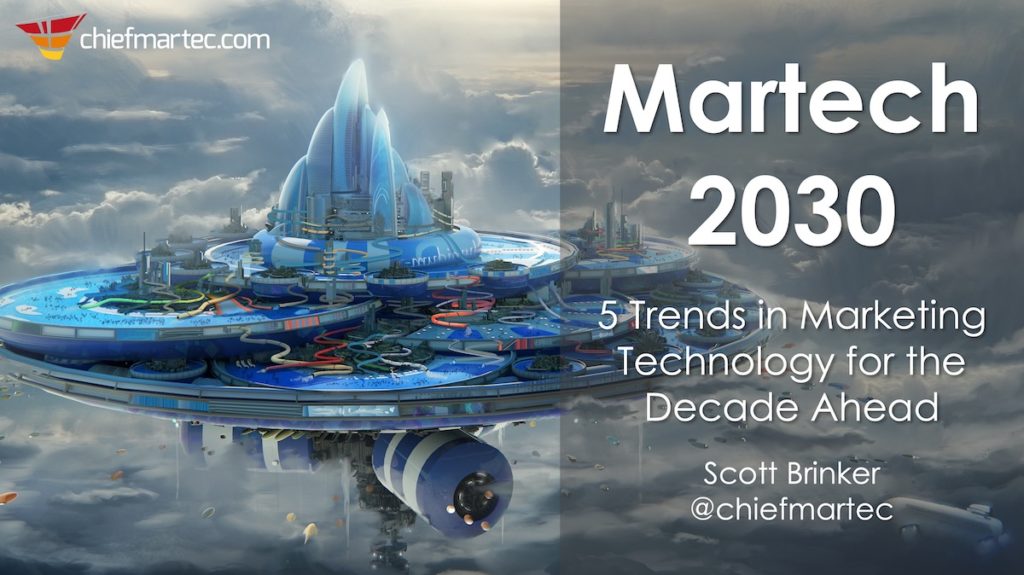Is branding really at odds with the new era of social media, or should the true meaning of branding be recognized as a broader mission that transcends logos and color palettes?
If you’re a brand marketer and an ABBA fan (what are the odds?), then your song of the day might as well be Under Attack.
A recent ClickZ article, Branding Today: Why It’s Ineffective, Irrelevant, Irritating, and Impotent captures the backlash against old-school branding by new marketing and social media advocates. Posted by Augustine Fou of an Omnicom consultancy (not one of their branding agencies, obviously), it doesn’t pull any punches. Paraphrasing the book OBD: Obsessive Branding Disorder: The Illusion of Business and the Business of Illusion by Lucas Conley — talk about wearing your opinion on your book sleeve — Fou says:
A brand used to be a symbol burned onto a cow’s butt. A brand on a cow’s rear end identified the ranch where the cow was raised. Because that ranch had a long-standing reputation of raising healthy cows, the brand was its symbol of quality. The buyer could rest assured he was buying healthy cows once he saw that brand. It simplified purchase decisions. But once the “-ing” was added to the word “brand,” and agencies started to ply the black art of “branding,” a brand was no longer the symbol of quality and reputation earned over time. Instead it was something that was just made up by ad agency creatives “applying ingenuity to the disingenuous,” Conley points out.
Ouch.
If I may summarize his vitriolic but not entirely untrue argument, it’s that marketers shouldn’t waste their time on “branding” such as logos, color palettes, and so-called brand advertising, and instead focus on one thing: innovating great products and services.
The first rule of social media marketing is, after all, to be worth talking about — and in a good way.
However, Rooger Dooley over at the Neuromarketing blog wrote a more nuanced response, Is Branding Dead? Our Brains Says No!, in which he first points out that all that so-called malarkey about colors and brand images actually does influence buying behavior. However, he’s also quick to acknowledge that good branding (in the traditional meaning of the word) is no excuse for not delivering upon that brand promise in your actual product and service. He has a great example with United Airlines in his post.
If there’s a big disconnect between your brand advertising and what’s experienced by your customers, yeah, you’re setting yourself up to be pilloried in the social media sphere. And, frankly, that’s a good thing — companies should be held accountable for their brand promises.
One of my favorite quotes about branding is by Philip Kotler:
Branding is much more than attaching a name to an offering. Branding is about making a certain promise to customers about delivering a fulfilling experience and a level of performance. Therefore, branding requires that everyone in the supply chian — from product development to manufacturing to marketing to sales to distribution — works to carry out that promise. This is what is meant by “living the brand.” The brand becomes the whole platform for planning, designing, and delivering superior value to the company’s target customers.
What Fou advocates doing instead of branding — continuous innovation informed by real-time consumer feedback that leads to consistent delivery of stellar products and an earned brand reputation — is exactly what branding is really all about.
I think it’s a fallacy to leap from identifying that having mismatched brand marketing and customer experiences is “bad” to the conclusion that all brand marketing is “bad.”
How about matching brand marketing with customer experiences for the best of both worlds?
Case in point: Fou actually lauds Apple as one of his examples of a company that doesn’t participate in pointless “branding,” but just builds great products. Hey, Apple does build great products, but if you don’t think Apple also engages heavily in brand advertising and an obsession with their brand image — down to the color of white on the logo on my laptop matching multi-million dollar storefront designs — you really need to open your eyes, my friend. And I’d argue that’s not an insignificant contribution to their reputation for being champions of quality and design. Their advertising speaks for their brand image in complete harmony with their product innovation.
Branding is bigger than brand advertising and corporate identity packages. Branding should infuse product innovation and customer service. As it relates to this blog, I’d certainly point out that your marketing technology needs to support your brand promises as well. And, yes, brands are as much built (or destroyed) by customers in the social media sphere as they are by a company’s marketing plan or its agency.
But simply relying on social media alone to catapult a great product from obscurity to a worldwide success seems reckless to me. The world is full of “better mousetraps” that never made it out of the garage. Innovators still bear the responsibility for bringing their inventions to light.
In pursuit of that goal, I believe the whole range of branding and brand development is relevant, important and, if done right, immensely valuable.



Scott,
great post – it’s really interesting to see the world of social media really force a wrenching return to the idea that a brand promise and brand reality have to actually match. You make a good point (backed by neurology…) that classic identity branding is still very relevant.
It will be interesting to see the shift in brand agencies when organizations begin to realize that the support desk probably has as much or more influence on actual brand perception (eg Zappos) as the agency.
Thanks, Steve.
Once you accept the premise that social media is, at least in the context of business, a driver to push companies to truly “live the brand,” then the next level is all about figuring out better ways to do that.
While logos and color palettes are at one end of the spectrum, and viral YouTube videos and Twitter threads are at the other, I am actually fascinated by the huge wealth of opportunities in between. More than ever, it seems that the “operations” of a company is intertwined with its “marketing operations.” Too often that reality seems to get lost in the social media whirlwind. While culture and strategy remain at the helm, there’s tremendous opportunity for a new generation of software to help make this work.
I know, I’m preaching to the choir on that one. 🙂
Just as prospects and customers have a “digital body language,” so do companies. And that’s a growing portion of what constitutes their brand in the minds of their market.
I think most companies fail with branding due to a couple of things.
1) They don’t have a clear statement of what their brand represents. What do they own? I posted a challenge on my blog to get people to answer that at
http://www.askthewealthsquad.com/blog/is-branding-dead/
2) We confuse social media with something new. Marketing has never been about creating an image that doesn’t exist (though many companies work very hard to do this). The purpose of marketing is to present the value of the company to the marketplace.
Branding is about ownership. It has since its conception. What image, belief system, perception, etc does your brand own in the CLIENT’s Mind? If that doesn’t match up to reality you have a situation that you can help resolve using marketing.
If your product/service sucks and the brand owns that. You have a different issue. Marketing won’t solve that issue.
The first rule in Word of Mouth Marketing or any other social media. BE WORTH TALKING ABOUT!!!
Sorry for yelling there. But too many companies think they can be ordinary and market themselves to extraordinary.
Once you have something to talk about, then you need the tools (software, systems, etc) in place to make sure everyone knows about it. Don’t depend on them knowing it is there.
Thanks for the passionate comment, Scott.
I’m in complete agreement with you: no amount of marketing can compensate for being ordinary (or worse), especially in this new fully networked world.
But great companies should absolutely leverage every marketing option at their disposal to build their brand and proactively spread the word. Doing that in harmony with the core value of the product or service being offered is, I agree, what “ownership” is all about.